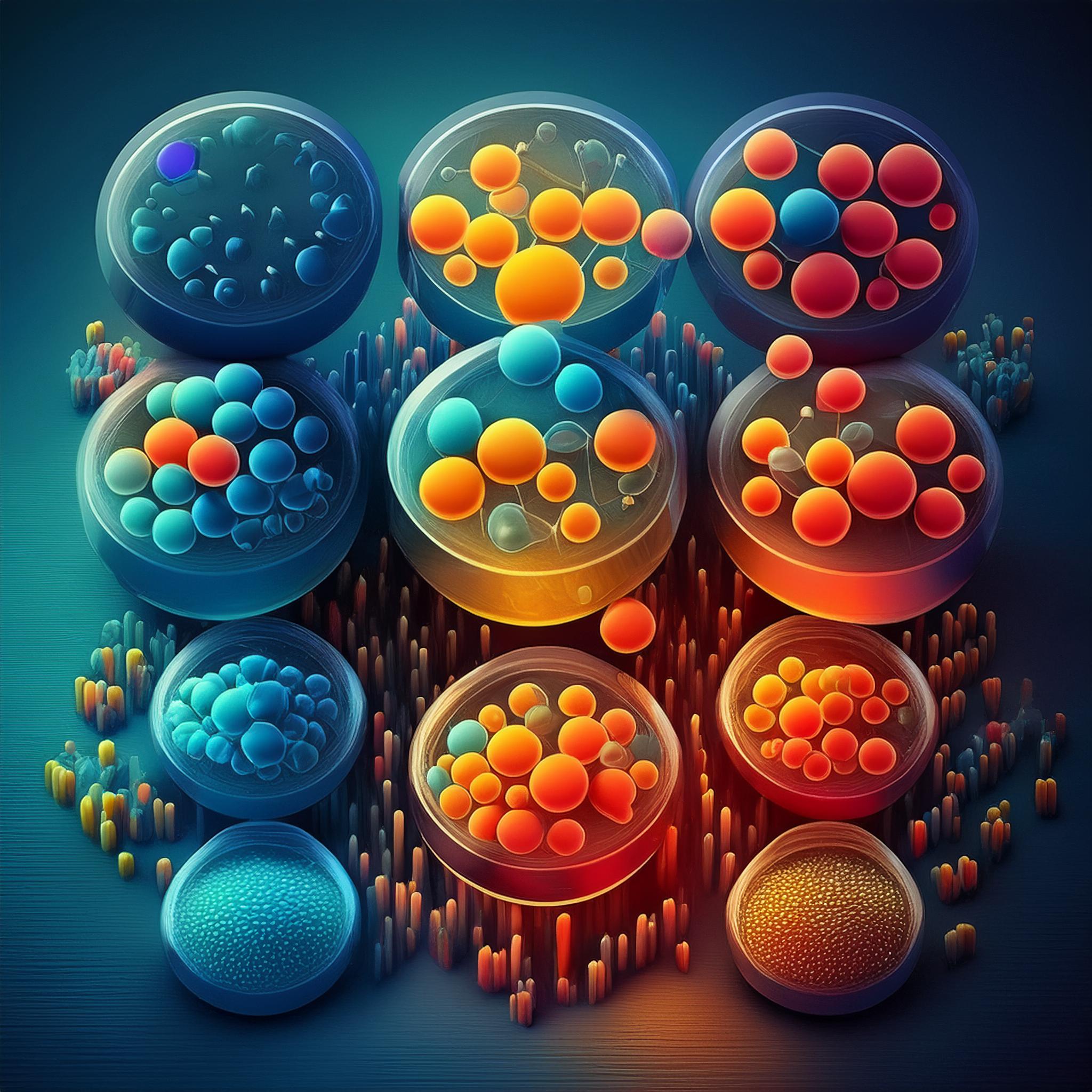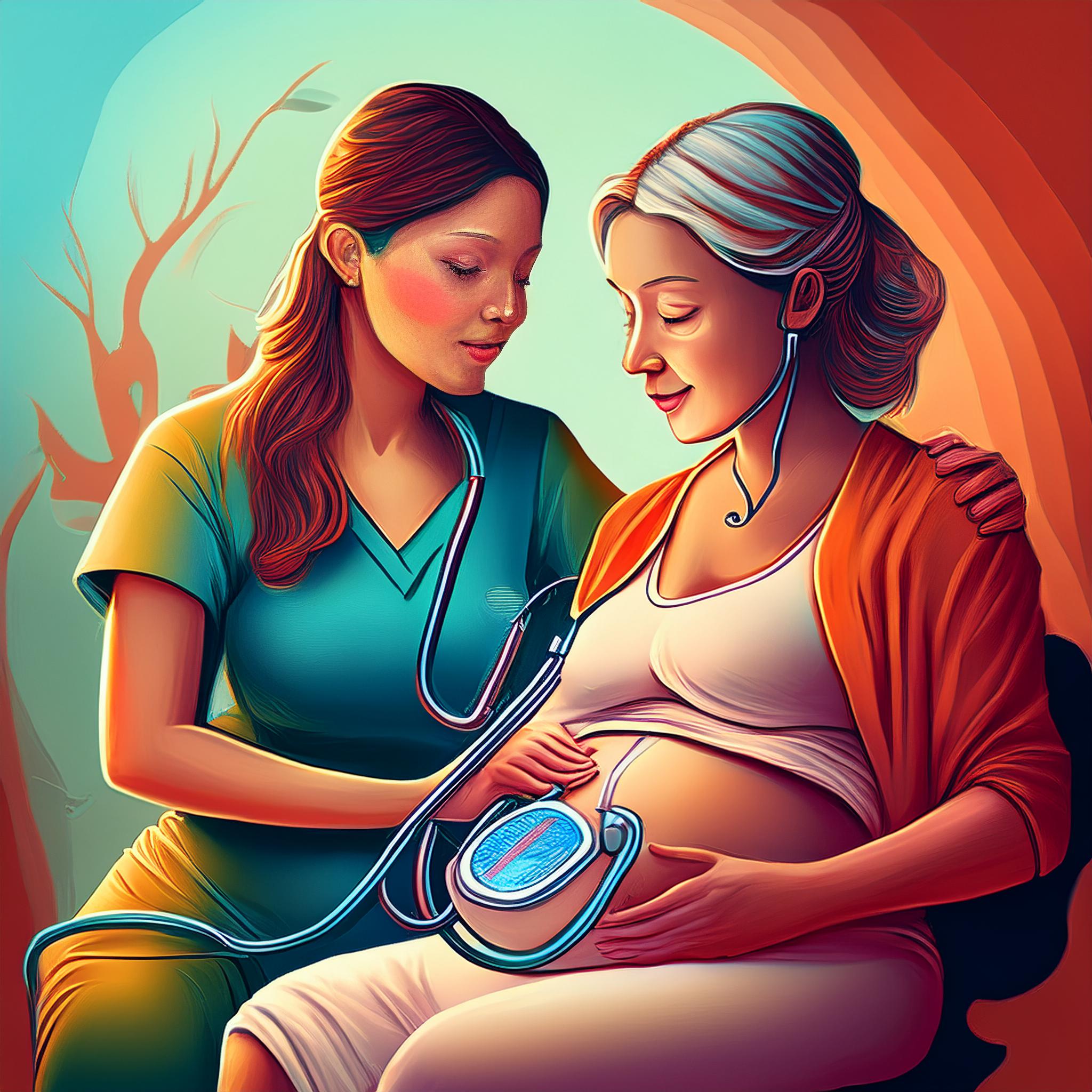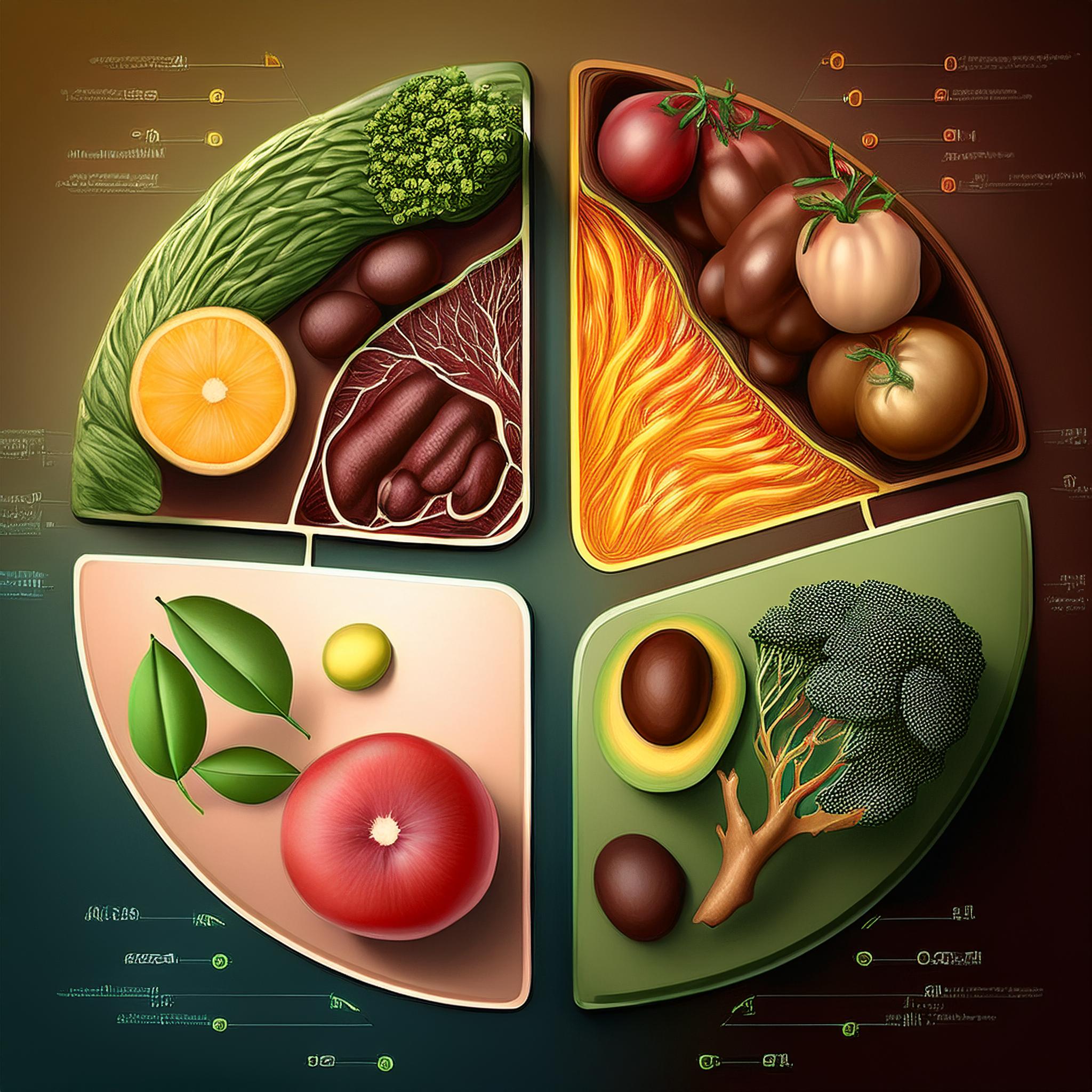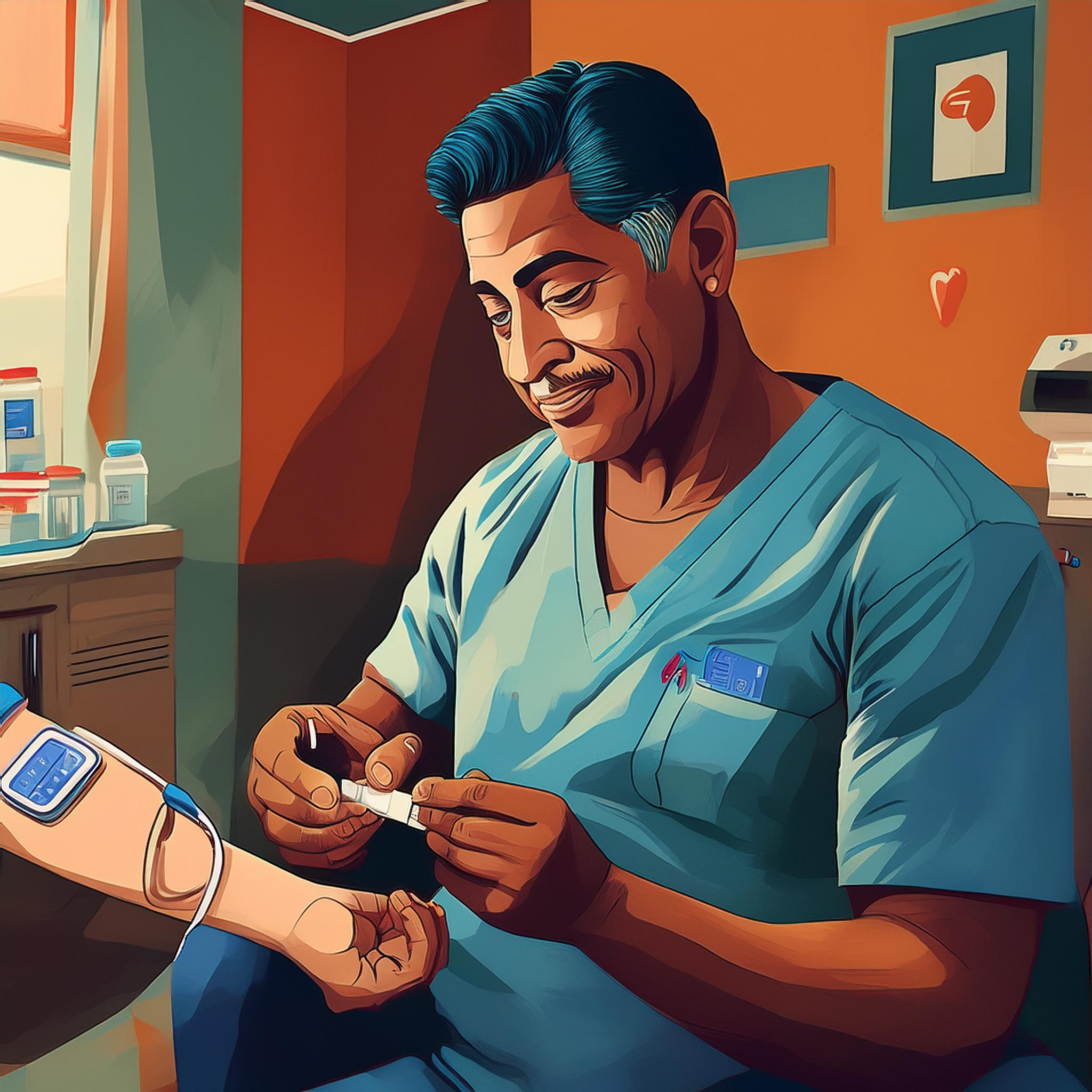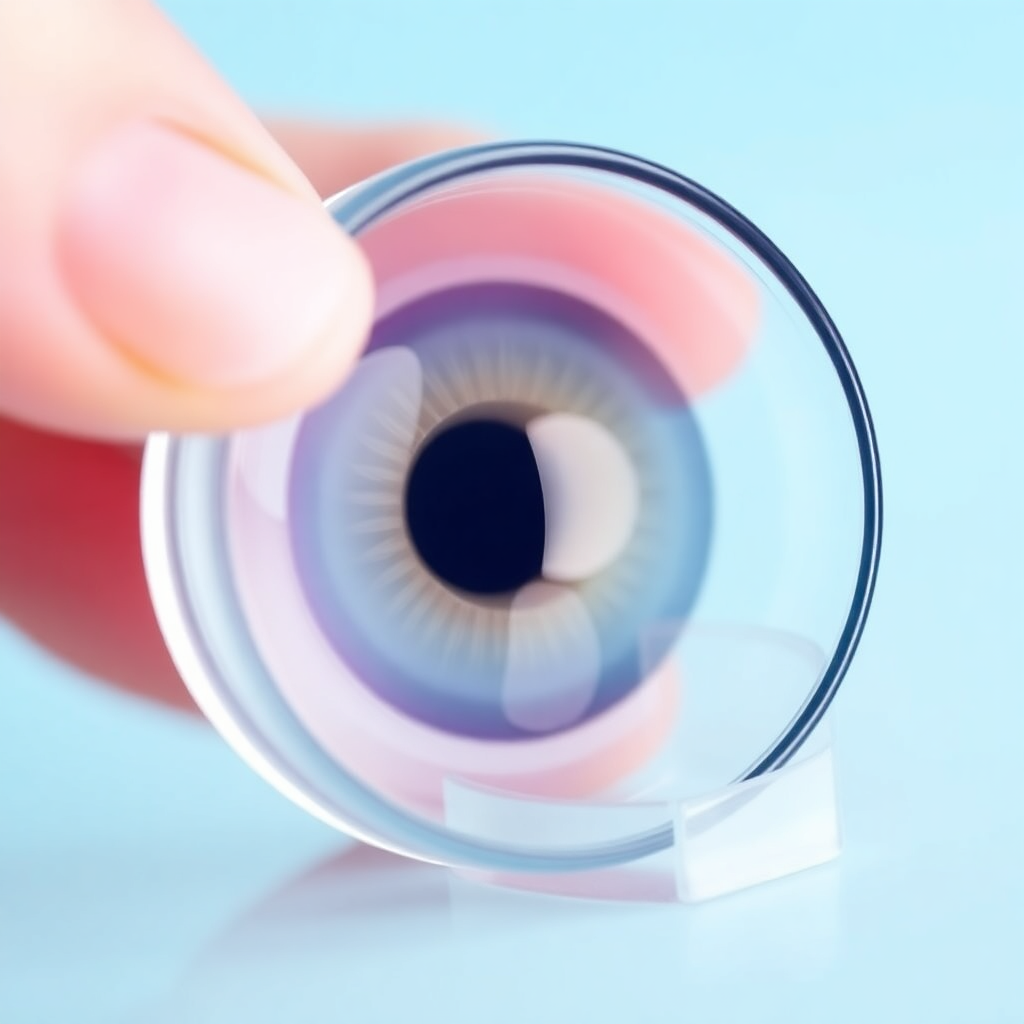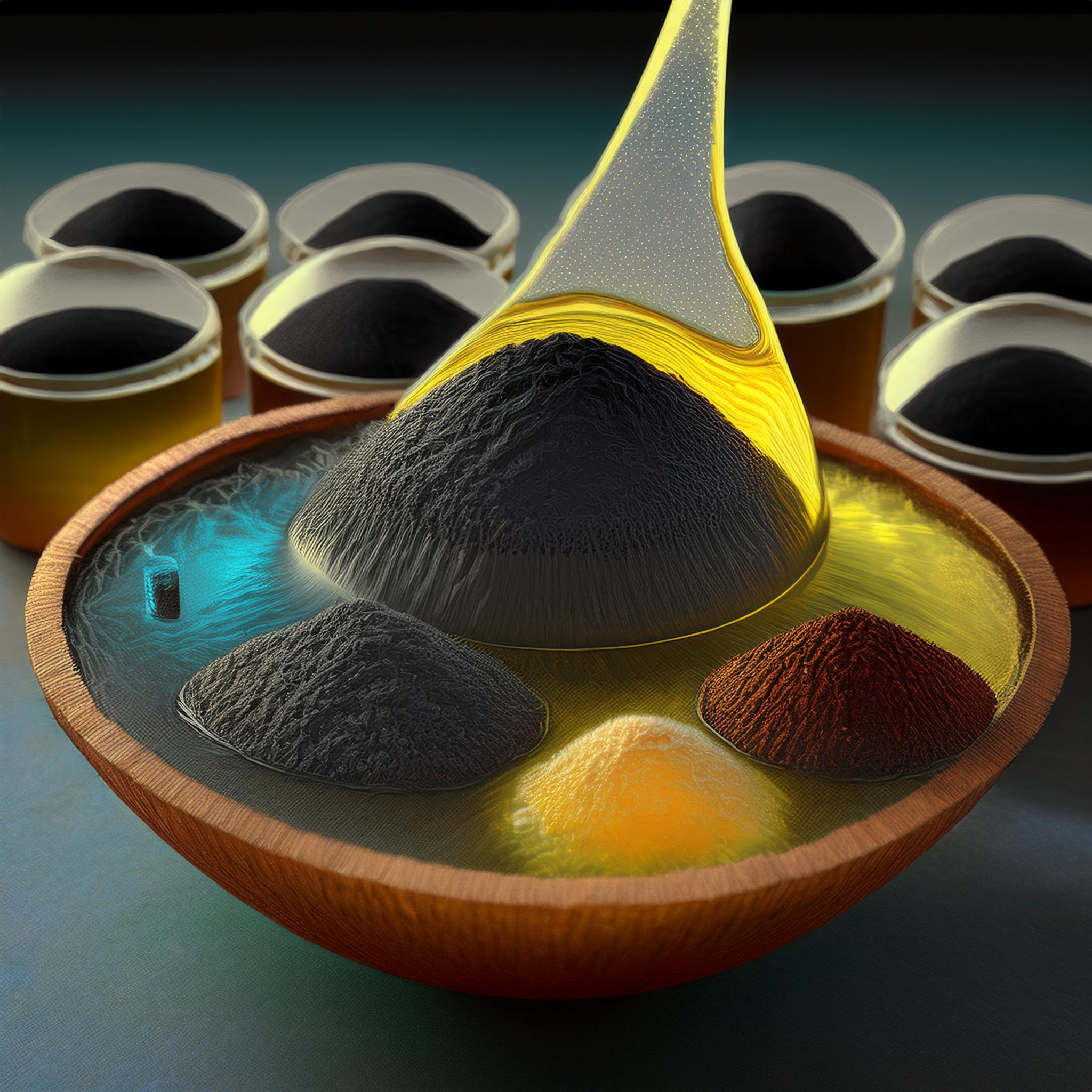Maternal Parity, History of Obesity and History of Maternal GDM Risk a Macrosomia Baby
Downloads
Gestational diabetes mellitus (GDM) is a carbide tolerance disorder that occurs or is first recognized during pregnancy (usually at 24 weeks gestation). For some patients, this complication returns to normal after delivery. The incidence of macrosomic infants or infants weighing >4000 grams is approximately 5% of all births. Maternal GDM is a significant risk factor in the development of fetal macrosomia. This study aimed to determine the risk factors for macrosomia in newborns. The design of this research is cross-sectional design. The population of this study was macrosomic babies born at Dr. Kariadi Semarang from 2015 until 2021. The formula for estimating the sample size using a hypothesis on the mean of two independent populations obtained a total sample of 60 respondents. The sampling technique is convenience sampling. The type of data used is secondary data. This study was analyzed using the Chi-Square test. The results indicated a relationship between parity and a history of obesity and macrosomia incidence in infants with a p-value < 0.05. In contrast, there was no relationship between maternal age, gestational age, and a history of diabetes in the mother and the incidence of macrosomia in infants with a p-value > 0.05. Therefore, it is essential to educate the mother about the risk factors that can cause complications for both the mother and the fetus, including macrosomia.
Adli, F. K. (2021). Diabetes Melitus Gestasional: Diagnosis dan Faktor Risiko. Jurnal Medika Hutama, 3(1), 1545–1551. Retrieved from https://jurnalmedikahutama.com/index.php/JMH/article/view/312/214
Alfianti, H. N., Martanti, L. E., Damayanti, D., Sari, P. N., & Maldinawati, A. (2022). Karakteristik Bayi dengan Makrosomia di Kota Semarang. Jurnal SMART Kebidanan, 9(1), 27–33. https://doi.org/10.34310/sjkb.v9i1.581
Biade, D. R., Julia, M., & Wibowo, T. (2016). Pengaruh Diabetes Melitus pada Ibu Hamil terhadap Hipoglikemia dan Makrosomia pada Masa Neonatus. Thesis. S2 Ilmu Kedokteran Klinik, Universitas Gadjah Mada. Retrieved from http://etd.repository.ugm.ac.id/home/detail_pencarian/97789
Dungga, E. F., & Husain, S. W. (2019). Faktor yang Berhubungan Dengan Makrosomia. Jambura Nursing Journal (JNJ), 1(2), 65–72. https://doi.org/10.37311/jnj.v1i2.2493
Fajariyana, N. (2020). Faktor yang Mempengaruhi Bayi Makrosomia. Higeia Journal of Public Health Research and Development, 4(3), 584–594. Retrieved from https://journal.unnes.ac.id/sju/index.php/higeia/article/view/34594
Farahdiba, I., & Agusalim. (2018). Hubungan antara Ibu Pengidap Diabetes dengan Kelahiran Bayi Makrosomia di RSUD Syekh Yusuf Gowa Tahun 2018. Jurnal Kesehatan Delima Pelamonia, 2(2), 170–174. https://doi.org/10.37337/jkdp.v2i2.85
Gilmore, L. A., & Redman, L. M. (2015). Weight Gain in Pregnancy and Application of the 2009 IOM Guidelines: Toward a Uniform Approach. Obesity, 23(3), 507–511. https://doi.org/10.1002/oby.20951
Handaria, D., Kurniati, I. D., & Yunita, A. (2016). Hubungan Usia Kehamilan dengan Kejadian Makrosomia. 5(1), 1–5. Retrieved from https://jurnal.unimus.ac.id/index.php/kedokteran/article/view/2590
Kementerian Kesehatan Republik Indonesia. (2019). Laporan Nasional Riskesdas 2018. Jakarta: Badan Penelitian dan Pengembangan Kesehatan. Retrieved from https://labmandat.litbang.kemkes.go.id/images/download/laporan/RKD/2018/Laporan_Nasional_RKD2018_FINAL.pdf
Kusumawati, L., Tendean, H. M. M., & Suparman, E. (2014). Persalinan dengan Luaran Makrosomia di BLU RSUP. Prof. Dr. R. D. Kandau. E-CliniC, 2(2). Retrieved from https://ejournal.unsrat.ac.id/index.php/eclinic/article/view/5023
Lestari, R. F., & Sudarmanto. (2022). Neonatus dengan Makrosomia dan Hipoglikemia. Proceeding of The 15th Continuing Medical Education, 395–405. Retrieved from https://proceedings.ums.ac.id/index.php/kedokteran/article/view/2131/2086
Lubis, F. (2019). Multigravida dengan Makrosomia dan Intra Uterine Fetal Death: Suatu Studi Kasus di RS Abdul Moeloek Bandar Lampung. JIMKI, 7(1), 6–13. Retrieved from ttps://bapin-ismki.e-journal.id/jimki/article/download/378/162/
Merita. (2015). Faktor Resiko Bayi Lahir Gemuk (Macrosomia) di Indonesia. Jurnal Akademika Baiturrahim, 4(2), 1–10. Retrieved from http://stikba.ac.id/medias/journal/1-10.pdf
Muhtar, A. (2018). Hubungan Diabetes Gestasional pada Ibu HAmil dengan Kelahiran Bayi Makrosomia di RSII Sitti Khadijah I Muhammadiyah. Jurnal Ilmiah Kesehatan Diagnosis, 12(5), 487–490. Retrieved from http://ejournal.stikesnh.ac.id/index.php/jikd/article/view/827
Natalia, J. R., Rodiani, & Zulfadli. (2020). Pengaruh Obesitas dalam Kehamilan Terhadap Berat Badan Janin. Medula, 10(3), 539–544. Retrieved from http://www.journalofmedula.com/index.php/medula/article/view/134
Nilsson, C., Ursing, D., Strevens, H., & Olsson, M. L.-. (2015). Towards Normalized Birthweight in Gestational Diabetes Mellitus. National Library of Medicine, 94(10), 1090–1094. https://doi.org/10.1111/aogs.12695
Osok, S., Wantania, J. J. E., & Mewengkang, M. E. (2017). Gambaran Kehamilan dengan Luaran Makrosomia Periode Januari–Desember 2014 di RSUP Prof. Dr. R. D. Kandou Manado. E-Clinic, 5(1), 38–43. Retrieved from https://ejournal.unsrat.ac.id/index.php/eclinic/article/view/14765/14334
P2PTM Kemenkes RI. (2020). Yuk, mengenal apa itu penyakit Diabetes Melitus (DM). Internet. Kementerian Kesehatan Republik Indonesia. Retrieved from https://p2ptm.kemkes.go.id/infographic-p2ptm/penyakit-diabetes-melitus/page/5/yuk-mengenal-apa-itu-penyakit-diabetes-melitus-dm
Pellonperä, O., Koivuniemi, E., Vahlberg, T., Mokkala, K., Tertti, K., Rönnemaa, T., & Laitinen, K. (2018). Dietary Quality Influences Bodycomposition in Overweight and Obese Pregnant Women. Clinical Nutrition, 38(4), 1613–1619. https://doi.org/10.1016/j.clnu.2018.08.029
Rachmawati, F. (2021). Faktor Risiko Kejadian Makrosomia. MJ (Midwifery Journal), 1(4), 211–218. Retrieved from https://www.ejurnalmalahayati.ac.id/index.php/MJ/article/view/5625
Rahayu, A., & Rodiani. (2016). Efek Diabetes Melitus Gestasional terhadap Kelahiran Bayi Makrosomia. MAJORITY, 5(4), 17–22. Retrieved from https://juke.kedokteran.unila.ac.id/index.php/majority/article/viewFile/874/785
Rahmawati, A., & Bachri, S. (2019). Deskripsi Faktor Risiko Diabetes Melitus Gestasional di Poli Kandungan RSD kalisat Jember. Jurnal Kesehatan Dr. Soebandi, 7(2), 98–105. Retrieved from http://journal.uds.ac.id/index.php/jkds/article/view/149
Sakinah, A. U. (2020). Hubungan Umur dan Paritas Ibu Bersalin dengan Kehamilan Post Date di RSIA Husada Bunda Salo Kabupaten Kampar. Skripsi. Program Studi Kebidanan Program Sarjana Terapan, Fakultas Ilmu Kesehatan, Universitas Pahlawan Tuanku Tambusai. Retrieved from https://repository.universitaspahlawan.ac.id/255/
Sari, N., Amdadi, Z. A., Hidayati. (2021). Pengaruh Senam Hamil Dengan Kejadian Ruptur Perineum di Puskesmas Minasa Upa Makassar. Jurnal Inovasi Penelitian, 2(11), 3787–3794. Retrieved from https://stp-mataram.e-journal.id/JIP/article/view/1421
Setiawan, H., Fratidhina, Y., & Ali, M. (2014). Hubungan Ibu Hamil Pengidap Diabetes Mellitus dengan Kelahirkan Bayi Makrosomia di RSAB Harapan Kita Jakarta. Jurnal Ilmu Dan Teknologi Kesehatan, 1(2), 101–105. Retrieved from https://www.ejurnal.poltekkesjakarta3.ac.id/index.php/jitek/article/view/42
Sujianti, S., & Widyoningsih, W. (2015). Analisis Faktor-Faktor Ibu yang Berhubungan dengan Kejadian Bayi Makrosomia di RSUD Cilacap tahun 2014. Jurnal Kesehatan Al-Irsyad, 5(1), 1–11. Retrieved from http://jka.universitasalirsyad.ac.id/index.php/jka/article/view/33
Susianti. (2017). Faktor yang Berhubungan dengan Kejadian Makrosomia di RSUD Sawerigading Palopo.
Vionalita, G. (2020). Modul Metodologi Penelitian Kuantitatif. Universitas Esa Unggul. https://lmsspada.kemdikbud.go.id/pluginfile.php/548169/mod_resource/content/1/Modul metlit kuanti part 11.pdf
Yunita, A. (2016). Hubungan Kehamilan Serotinus dengan Kejadian Bayi Makrosomia di RSUD Tugurejo Semarang. Thesis Sarjana. Universitas Muhammdiyah semarang. http://repository.unimus.ac.id/211/
Zain, I. F., Setiyorini, N., & Setyawati, A. N. (2020). Hubungan Preeklampsia dan Bayi Makrosomia dengan Kejadian Diabetes pada Kehamilan di RSUP Dr Kariadi Semarang. Karya Tulis Ilmiah. Universitas Diponegoro. https://eprints2.undip.ac.id/id/eprint/9904/
Copyright (c) 2023 JURNAL INFO KESEHATAN

This work is licensed under a Creative Commons Attribution-NonCommercial-ShareAlike 4.0 International License.
Copyright notice
Ownership of copyright
The copyright in this website and the material on this website (including without limitation the text, computer code, artwork, photographs, images, music, audio material, video material and audio-visual material on this website) is owned by JURNAL INFO KESEHATAN and its licensors.
Copyright license
JURNAL INFO KESEHATAN grants to you a worldwide non-exclusive royalty-free revocable license to:
- view this website and the material on this website on a computer or mobile device via a web browser;
- copy and store this website and the material on this website in your web browser cache memory; and
- print pages from this website for your use.
- All articles published by JURNAL INFO KESEHATAN are licensed under the Creative Commons Attribution 4.0 International License. This permits anyone to copy, redistribute, remix, transmit and adapt the work provided the original work and source is appropriately cited.
JURNAL INFO KESEHATAN does not grant you any other rights in relation to this website or the material on this website. In other words, all other rights are reserved.
For the avoidance of doubt, you must not adapt, edit, change, transform, publish, republish, distribute, redistribute, broadcast, rebroadcast or show or play in public this website or the material on this website (in any form or media) without appropriately and conspicuously citing the original work and source or JURNAL INFO KESEHATAN prior written permission.
Permissions
You may request permission to use the copyright materials on this website by writing to jurnalinfokesehatan@gmail.com.
Enforcement of copyright
JURNAL INFO KESEHATAN takes the protection of its copyright very seriously.
If JURNAL INFO KESEHATAN discovers that you have used its copyright materials in contravention of the license above, JURNAL INFO KESEHATAN may bring legal proceedings against you seeking monetary damages and an injunction to stop you using those materials. You could also be ordered to pay legal costs.
If you become aware of any use of JURNAL INFO KESEHATAN copyright materials that contravenes or may contravene the license above, please report this by email to jurnalinfokesehatan@gmail.com
Infringing material
If you become aware of any material on the website that you believe infringes your or any other person's copyright, please report this by email to jurnalinfokesehatan@gmail.com.


